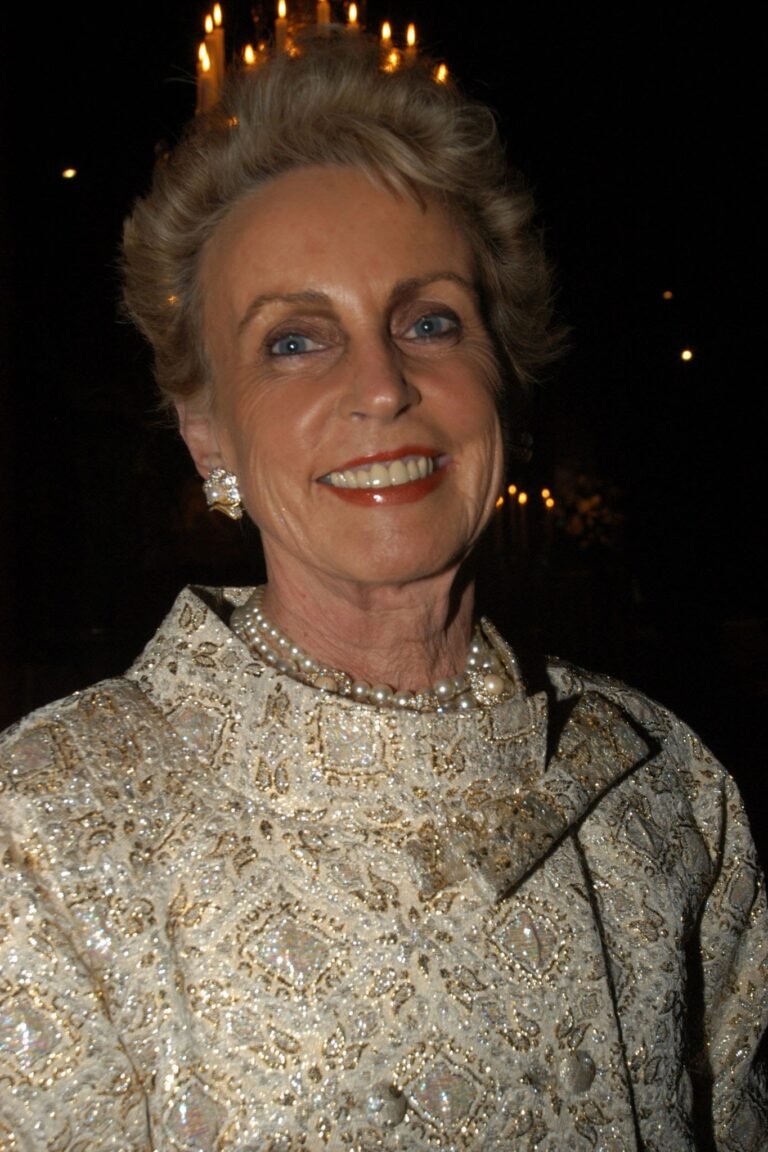Lady Sonia McMahon was not just the wife of one of Australia’s prime ministers; she was a symbol of elegance, philanthropy, and individuality. Known for her charm and striking fashion sense, she made a lasting impact on Australian public life during and beyond her time in the political spotlight. Born Sonia Rachel Hopkins on August 1, 1932, in Sydney, she grew up in a well-established family and was educated at the Presbyterian Ladies’ College. She went on to train as an occupational therapist, dedicating part of her early life to helping others.
Her life changed significantly when she married William McMahon in 1965. At the time, he was already a senior political figure and would later become Prime Minister of Australia in 1971. The couple’s marriage brought Sonia into the national spotlight, where she quickly became known for her glamour and modern approach to public life. She was just 39 years old when her husband took office, making her one of the youngest prime ministerial spouses in Australian history.
Lady Sonia McMahon gained international recognition during her time as First Lady, most notably in 1971 when she attended a White House state dinner hosted by U.S. President Richard Nixon. She wore a white full-length gown with see-through side panels that showcased her legs, a daring fashion choice that sparked headlines around the world. The dress caused a stir in both political and fashion circles, but it also established her reputation as a confident and fashionable public figure who wasn’t afraid to break traditional molds. That iconic dress is still remembered as one of the boldest fashion statements ever made by a political spouse.
While much of the media attention focused on her style, Lady Sonia McMahon was also known for her strong commitment to charitable work. She devoted herself to a variety of causes, with a special focus on children’s health, disability services, and medical research. Her involvement in public service extended across decades, and she served on the boards of several non-profit organizations. She also acted as a patron for many foundations, using her public profile to raise awareness and support for causes that mattered deeply to her. Her dedication to helping others was a consistent part of her life long after her husband’s term as prime minister ended.
Lady Sonia McMahon and Sir William McMahon had three children, and their son Julian McMahon would go on to become one of Australia’s most recognized actors. Known for his roles in Charmed, Nip/Tuck, and the Fantastic Four films, Julian often credited his mother for her unwavering support and presence in his life. She attended award shows and public events with him, including the Golden Globe Awards in 2005, where she wore a replica of her famous White House gown. Her appearance reminded the public of her enduring charm and connection to Australian political and cultural history.
After the death of her husband in 1988, Lady Sonia McMahon gradually stepped away from the public eye but remained active in community life. She continued her charity work and kept close ties with her family. Her later years were more private, yet she still appeared at events from time to time, particularly those related to the causes she supported. She passed away on April 2, 2010, in Sydney, at the age of 77.
Lady Sonia McMahon left behind a unique legacy that blended public service, personal style, and strong family values. Her life story is a reminder of how one individual can shape public perception, support important social causes, and remain a beloved figure across generations.







